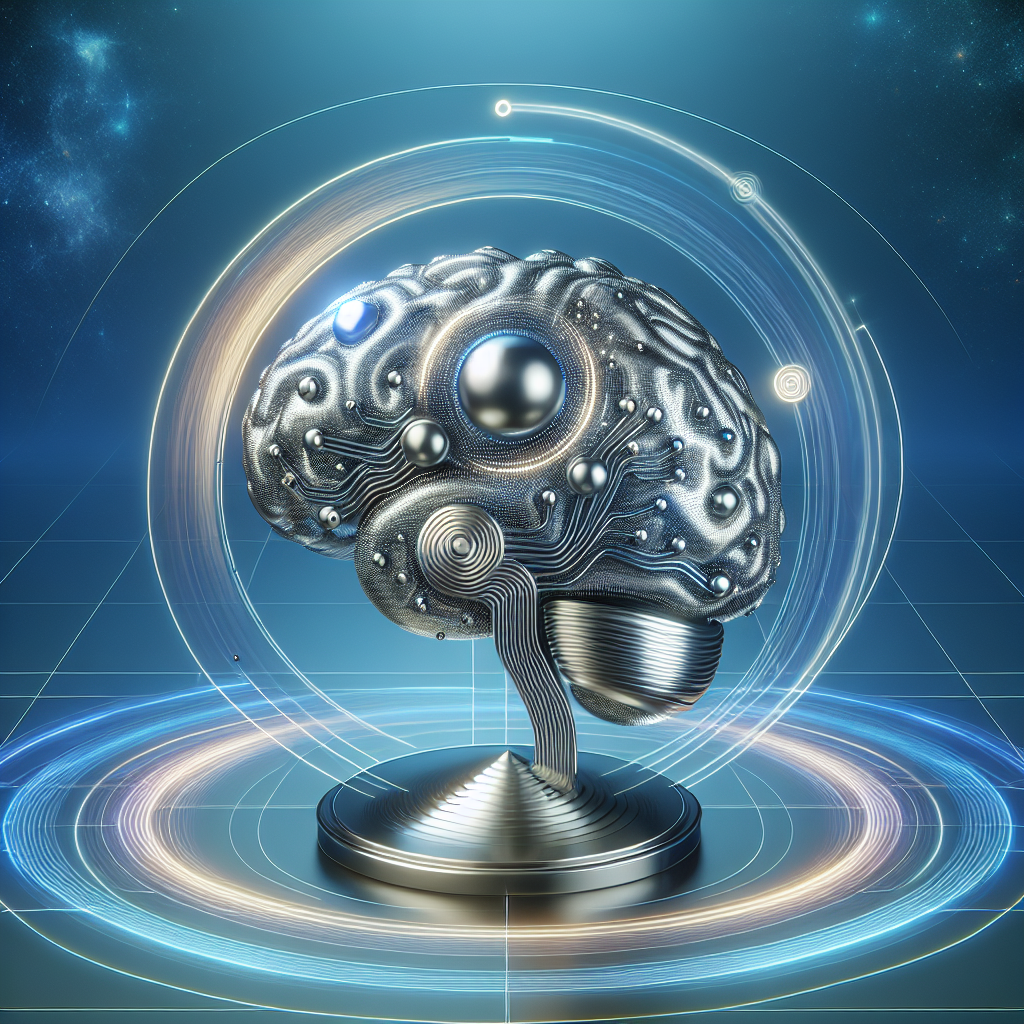TensorFlow, an open-source machine learning framework developed by Google, has been making waves in the technology industry for its ability to power a wide range of AI and machine learning applications. From speech recognition and image classification to natural language processing and reinforcement learning, TensorFlow has become a go-to tool for developers and data scientists looking to build advanced AI models.
In this article, we’ll explore how TensorFlow is shaping the future of technology, from its inception to its current role as a cornerstone of modern AI development.
The Birth of TensorFlow
TensorFlow was first released by Google in 2015 as an open-source machine learning library. The project was inspired by Google’s previous machine learning efforts, including DistBelief, and was created to address the growing need for a flexible, efficient, and scalable framework for building AI Applications.
Since its release, TensorFlow has gained widespread adoption in both industry and academia, thanks to its powerful features and extensive community support. The framework is known for its ease of use, scalability, and flexibility, making it an ideal choice for building AI models of all sizes and complexities.
TensorFlow’s Impact on Technology
TensorFlow has had a significant impact on the field of AI and machine learning, enabling developers to build sophisticated models that were previously out of reach. Its versatility and scalability have made it a popular choice for a wide range of applications, from computer vision and natural language processing to robotics and healthcare.
One of the key reasons behind TensorFlow’s success is its extensive ecosystem of tools and libraries, which make it easy for developers to experiment with different models and algorithms. From pre-trained models and libraries for common tasks to visualization tools and deployment options, TensorFlow offers everything developers need to bring their AI ideas to life.
Future Developments in TensorFlow
As technology continues to advance, TensorFlow is expected to play an increasingly important role in shaping the future of AI and machine learning. Google and the TensorFlow team are constantly working on improving the framework, adding new features, and expanding its capabilities to meet the demands of today’s most challenging AI Applications.
Some of the key areas of focus for future developments in TensorFlow include enhancing performance, supporting new hardware architectures, and integrating with other popular frameworks and tools. These advancements will not only make TensorFlow more powerful and versatile but also ensure that developers have access to cutting-edge AI technology.
Conclusion
TensorFlow has emerged as a game-changer in the world of AI and machine learning, revolutionizing the way developers build and deploy advanced AI models. Its impact on technology is undeniable, and its future looks brighter than ever as new developments continue to push the boundaries of what’s possible with AI.
FAQs
What is TensorFlow?
TensorFlow is an open-source machine learning framework developed by Google that is used to build AI Applications.
How is TensorFlow shaping the future of technology?
TensorFlow is shaping the future of technology by enabling developers to build sophisticated AI models that were previously out of reach, revolutionizing industries from healthcare to robotics.
What are some key features of TensorFlow?
TensorFlow is known for its versatility, scalability, and extensive ecosystem of tools and libraries that make it easy for developers to experiment with different models and algorithms.
Quotes
“TensorFlow has democratized AI development, empowering developers and data scientists to build cutting-edge models with ease and efficiency.” – Sundar Pichai, CEO of Google
#Concept #Creation #TensorFlow #Shaping #Future #Technology


